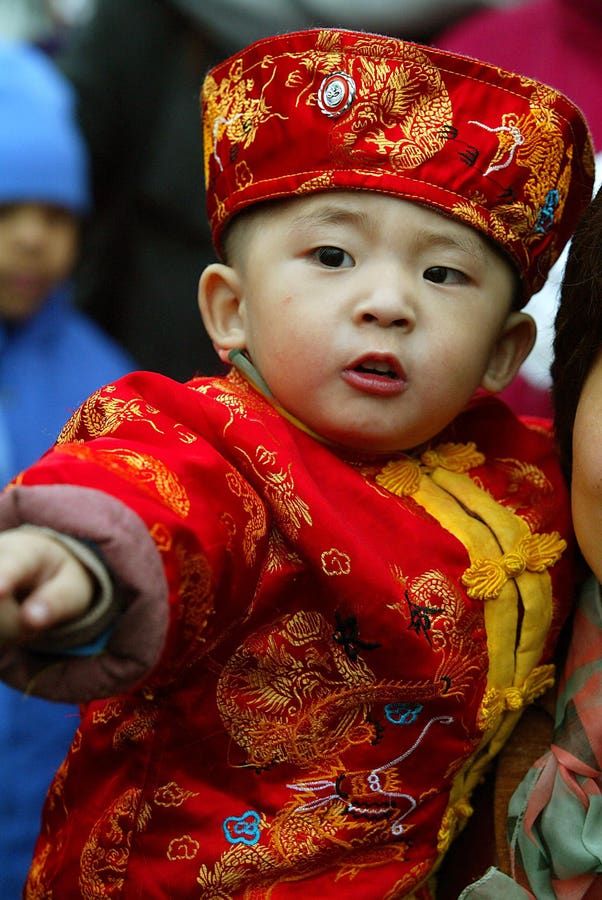Chinese demographics made headlines earlier this year when Beijing announced that the country’s population had shrunk over the prior ten years. Commentary naturally and correctly speculated on how the unfolding trend would set back the nation’s economic prospects. What much of this commentary missed was an explanation of exactly how demographic trends will do the economic damage. Here is that needed perspective.
China’s demographic grief has its roots some 35 years ago with President Deng Xiaoping’s decision to limit Chinese families to only one child. He did it to free up as much of the population for work as possible in anticipation of China’s late 1970s opening to the world. And this so-called “one-child policy” worked to an extent. According to data collected by the Pew Research Center, Chinese fertility rates fell in the 1980s from an average of 6-7 children in each woman’s lifetime, to less than 3. By the 1990s, that average had fallen to less than 2, usually considered what is necessary to keep the population from declining. It has stayed that low since. The relief from child-rearing needs did free up more and more people to work outside the home. They manned China’s factories and produced the economic surplus to enable a surge in exports and feed the monumental infrastructure projects for which China quickly became famous. The real economy, according to the National Bureau of Statistics boomed, growing over 10 percent a year for decades.
But it is this one-child policy that has now visited trouble on China. The low birth rates of the last 35 years or so have radically slowed the flow of young workers to take the place of the generation of workers now retiring. The shortage of available labor cannot help but hold back overall growth rates. Beijing calculates that now China has only half the number or factory workers it needs.
Even more imposing from an economic standpoint, the limited labor force increasingly will have to support a large population of retirees. Statisticians at the Organization for Economic Cooperation and Development (OECD) calculate that China in 2000 had 6.5 people of working age for each person of retirement age. By 2010, that the ratio had fallen to 5.4, and by 2020 to 3.6. By 2040, the OECD projects the ratio to fall to 1.7. This limited number of workers will have to support themselves, their immediate dependents, and about half of what each retiree needs. It will matter not whether the retirees have adequate pension resources or fall on public support, the economics will be the same. Workers, in addition to other needs, will have to produce retiree demands for food, clothing, shelter, medical service and more. Under such pressure, it is hard to see how China will be able to produce much of an economic surplus, for exports, for instance, or for the investment projects that are necessary for rapid economic growth.
There are ways to mitigate the pressure. Increased productivity – perhaps from applications or artificial intelligence (AI) – will enable tomorrow’s workers to produce more than workers in the past. This source of relief, however, can only go so far. Even today’s huge youth unemployment problem cannot offer much help. Most of today’s unemployables are university educated and have little inclination to labor, which is where the need exists. Support for these people will in fact add to the burdens of the limited working population. Immigration could help, at least theoretically, but few are clamoring to get into China. Indeed, the country has a net out migration.
Beijing has acknowledged its past error and now encourages families to have more children. Even if people were willing to take advantage of Beijing’s new liberality, it would take 15-20 years for these births to have an impact on the economy’s workforce. As it is, fertility rates, according to the data gathered by Pew, seem to have fallen since the “two-child policy’ went into effect.
Demographics are only one of China’s economic challenges. They are, however, critical, and fundamental in every sense of the word. More, this problem is nothing that China could hope to fix quickly – certainly not quickly enough for Beijing to hit its long-term growth targets, much less fulfill its ambition of economic and diplomatic hegemony.
Read the full article here









